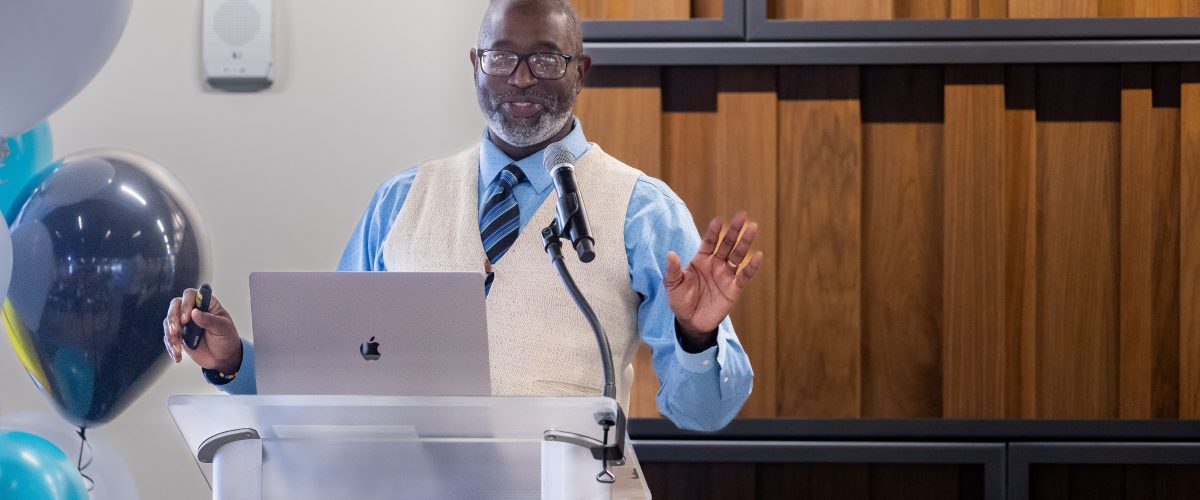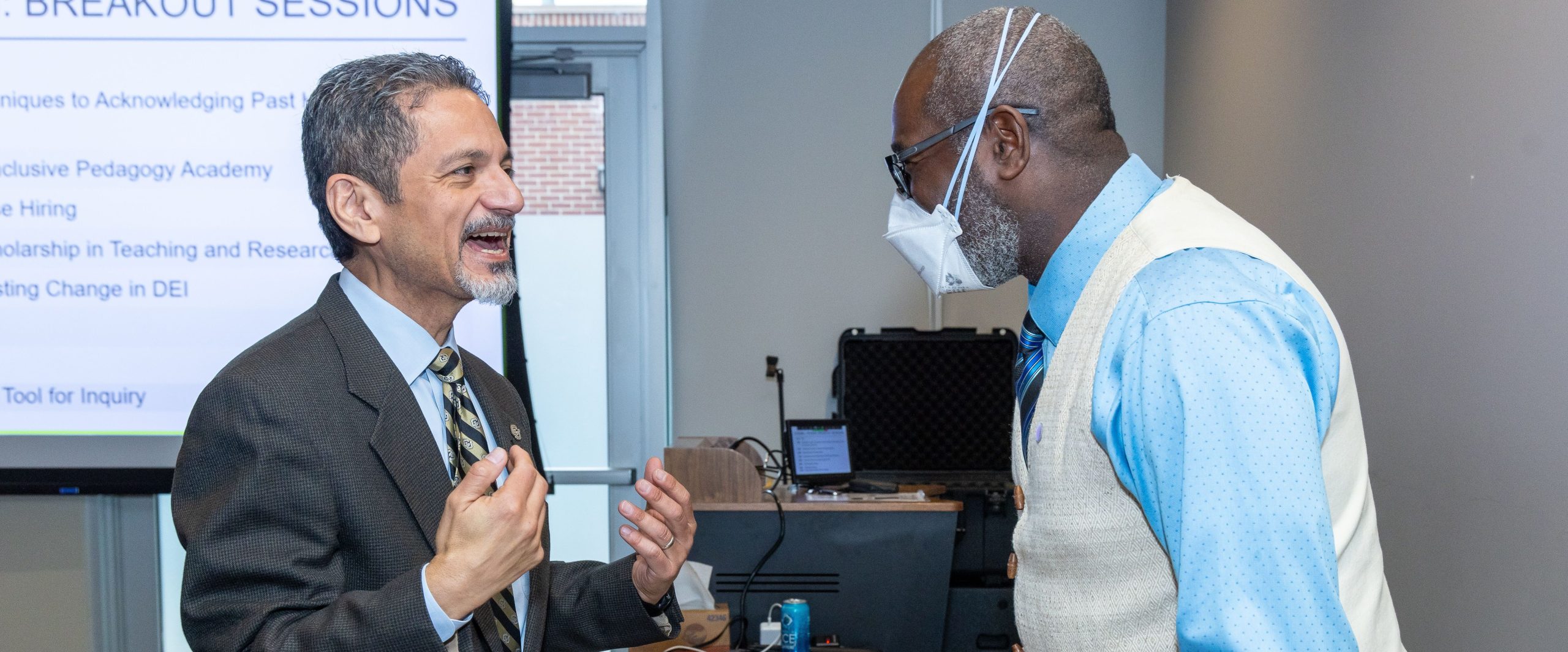
Research shows that companies with diverse employees are more profitable and have higher customer numbers than their less-diverse counterparts, making CU Denver’s first annual Diversity, Equity, and Inclusion (DEI) Symposium both timely and essential. Several DEI practices can help create more inclusive companies within the business context. The Symposium’s keynote speaker, Captain Royce James, highlighted the framework for creating and sustaining diverse workforces.

James defined the first “rung on the ladder” as psychological safety. For workplaces to truly enact DEI measures, employees must first be able to express their “whole and authentic” selves at work without fearing harassment, retaliation, or discrimination. James’s colleague, Dr Kimberly Young McLear, originated this framework and writes, “For true psychological safety, the organization must be fully committed to eliminating all forms of oppression.” In his presentation, James outlined four stages of psychology. Stage one is authenticity safety, where one can explore one’s identity and accept one’s authentic self. The second stage is learner safety, where individuals feel safe to learn, ask questions, and make minor mistakes without repercussions. When one feels safe contributing to work tasks, they have advanced to the third stage, contributor safety. The final stage of psychological safety is challenger safety, where individuals feel safe to challenge the status quo and speak against injustices.
At the fourth stage of psychological safety, individuals are safe to challenge injustices, and this blends with the second step of Young-McLear’s framework, moral courage. Moral courage reflects one’s ability to speak up in the face of injustices and a workplace with a morally courageous culture that empowers employees to intervene when the psychological safety of others is threatened. Within the scope of moral courage, James’s uncle led the first sit-in at the segregated Greensboro Woolworth’s lunch counter in 1960.
Following moral courage is cultural competence. To fully integrate DEI values into a company or institution, understanding multiple cultures and the power dynamics present in interactions between them is critical. Dr. Young-McClear lists “valuing diversity, having the capacity for cultural self-assessment, cultural self-assessment, being conscious of the dynamics inherent when cultures interact, having institutionalized cultural knowledge, and having developed adaptations to service delivery reflecting an understanding of cultural diversity” as the “five primary competencies required to develop cultural competence.” James recommended companies adopt a human relations code, which outlines expectations for respectful interactions within a company or institution and describes the consequences for not meeting these expectations, and a bias incident policy, explaining how companies can investigate incidents.
Once organizations develop cultural competence, they work toward implementing inclusive practices. According to James, inclusion means “equal access to resources.” He said, “[It’s] not inclusion if you invite people in and are unwilling to change.” Inclusive workforces value employees’ diverse and unique perspectives and infix marginalized groups’ perspectives within policies.
“It’s not inclusion if you invite people in and are unwilling to change”
– Captain Royce James
Next in the framework is diversity and equity. Young-McLear states, “Diversity competence, at both the organizational and individual level, helps organizations to remain competitive by unbridling creativity, encouraging innovation, and reducing the gap between increasingly diverse customers.” Diversity centers on hiring employees from diverse backgrounds and using the previous steps to build systems that support employees from marginalized communities.
Once an organization has committed to adhering to the previous steps in the framework, it can progress to mission readiness. This step takes its name from Coast Guard procedure and represents a company or organization’s preparedness to implement lasting DEI change. Young-McLear recommends using the diamond model when creating a new policy, stipulating that companies must consider perspectives from survivors (marginalized groups), subject-matter experts, policymakers, and decision-makers. Young McLear effectively yields better results and creates “confidence in systematically marginalized groups of people who have been negatively impacted by failing or
malfunctioning systems.”
The final piece of the framework is innovation, where organizations and companies can develop new ideas and products and permit more significant space for creativity and advancement; as Young-McLear wrote, “diversity drives better decisions.” DEI initiatives aim to mitigate the systemic effects of marginalization and ensure everyone has an equal seat at the table. Read a recap of CU Denver’s first annual DEI Symposium and access Dr. Young McLear’s research for more information about DEI.


